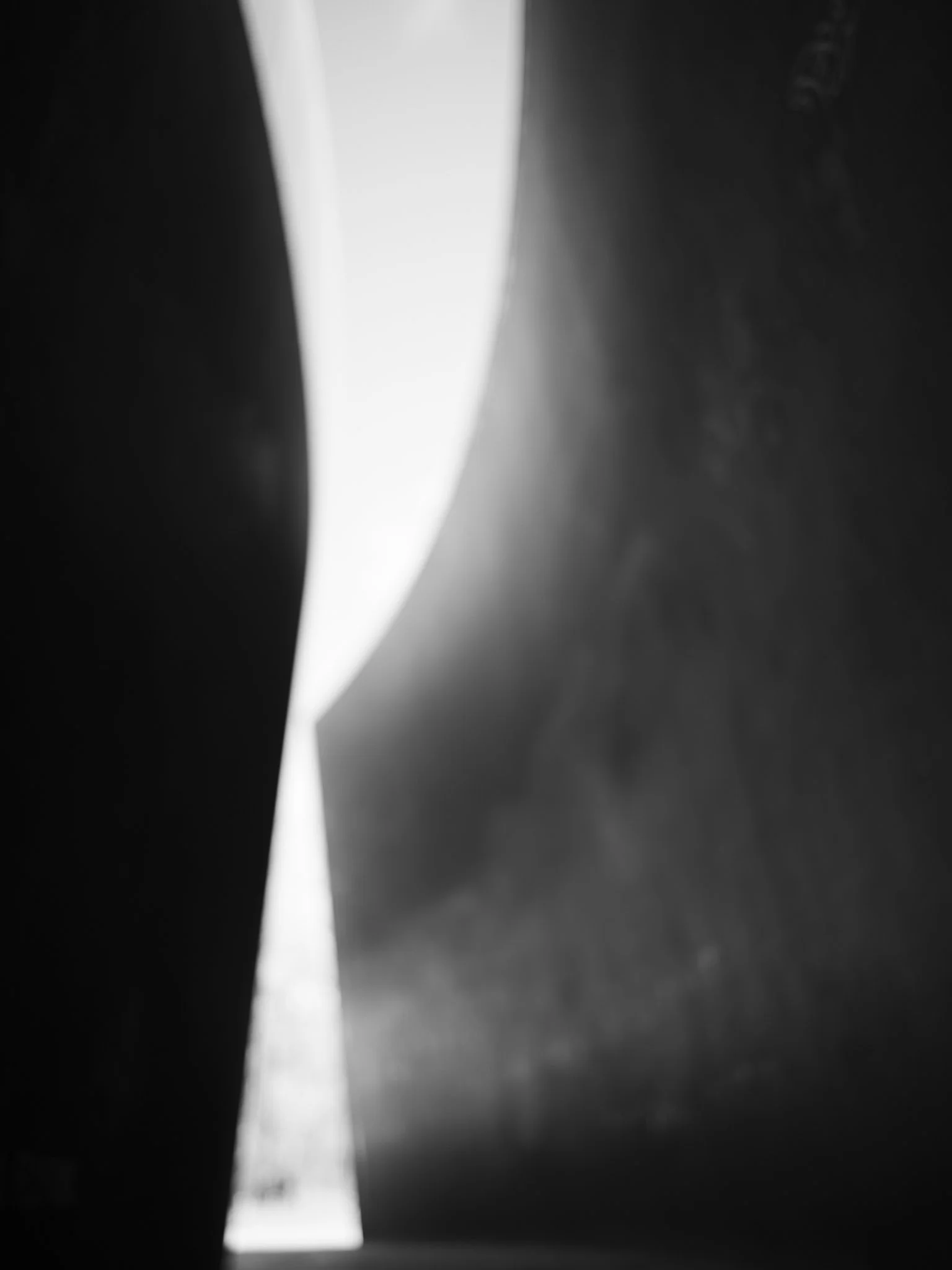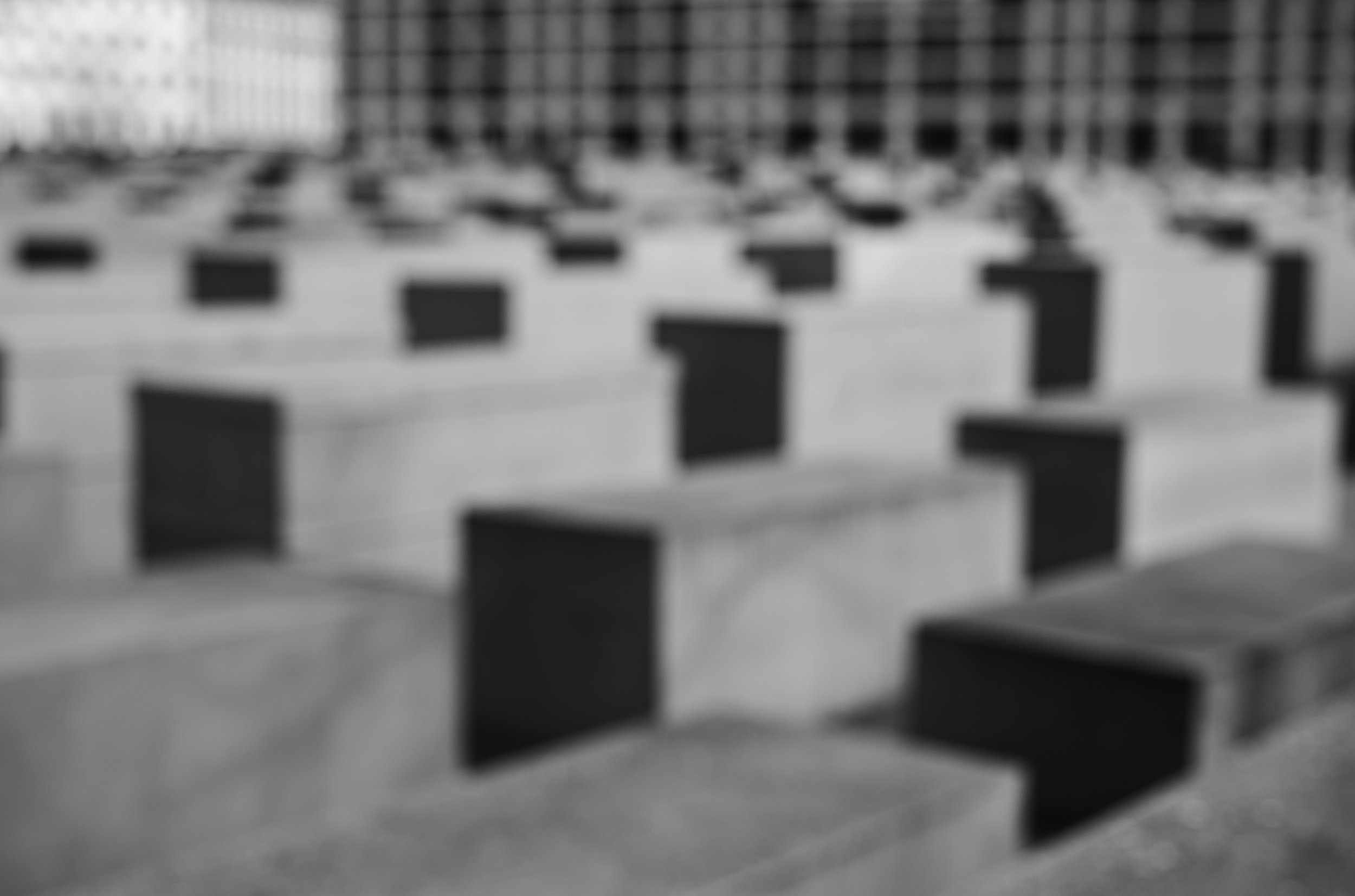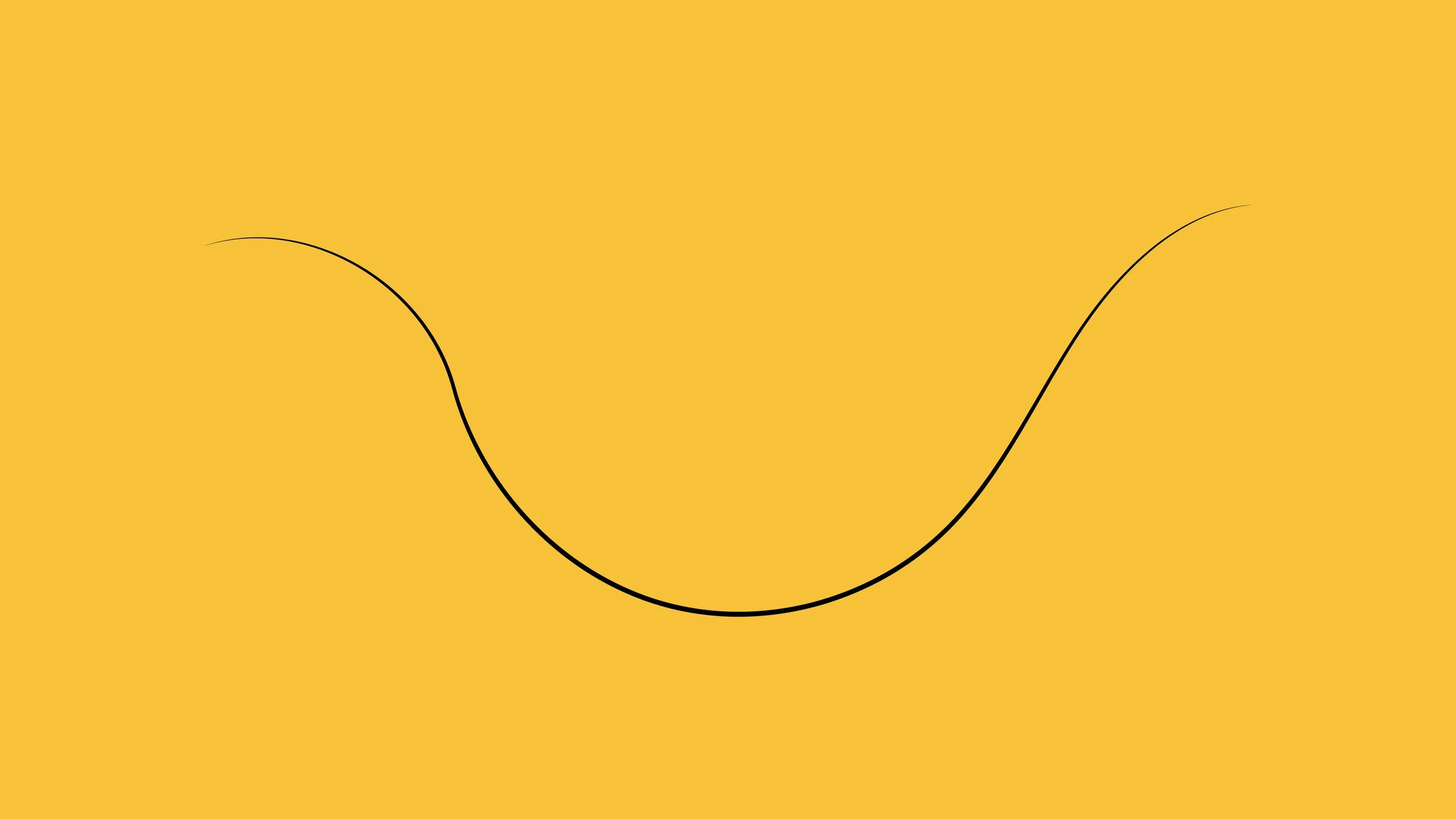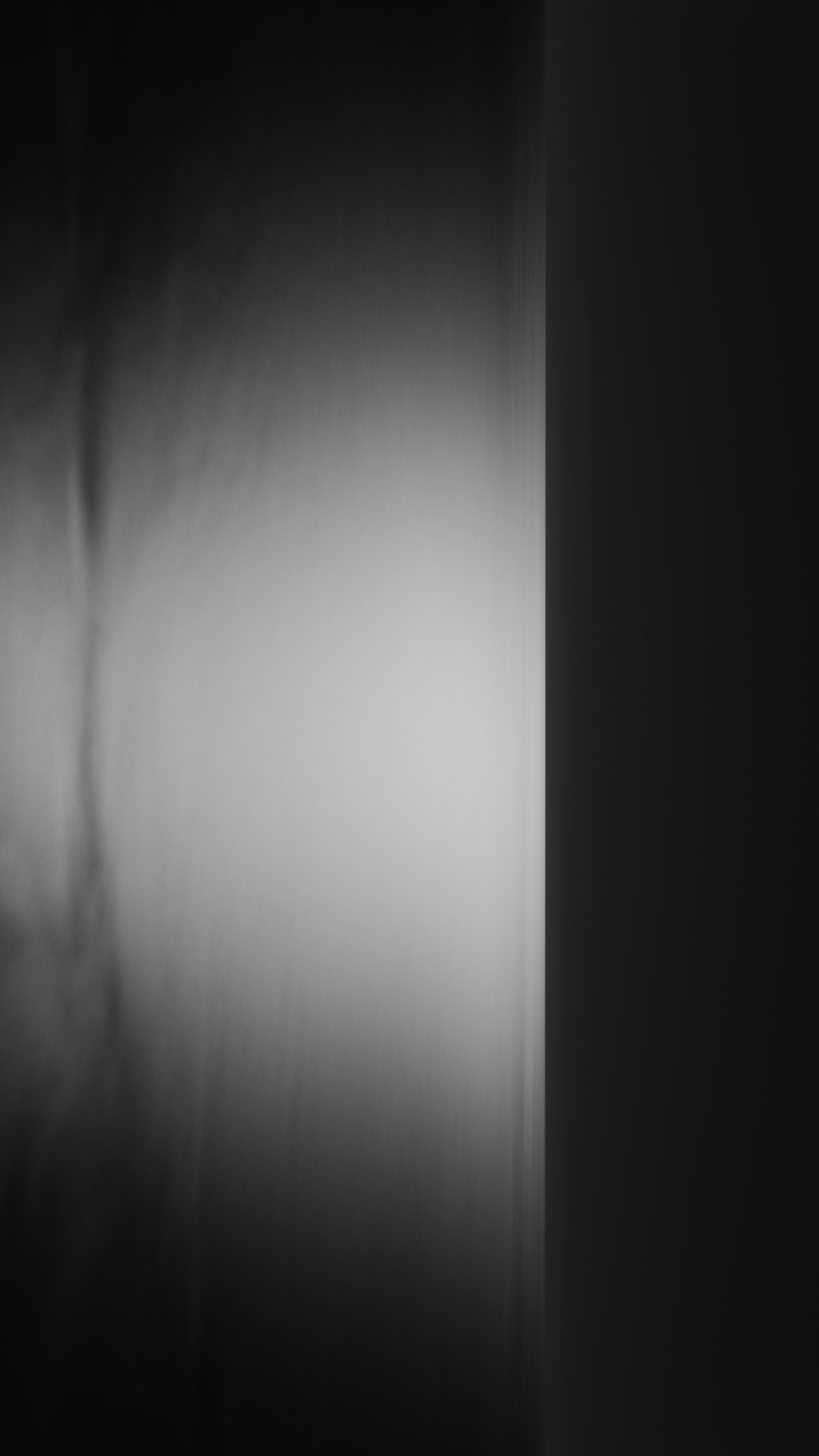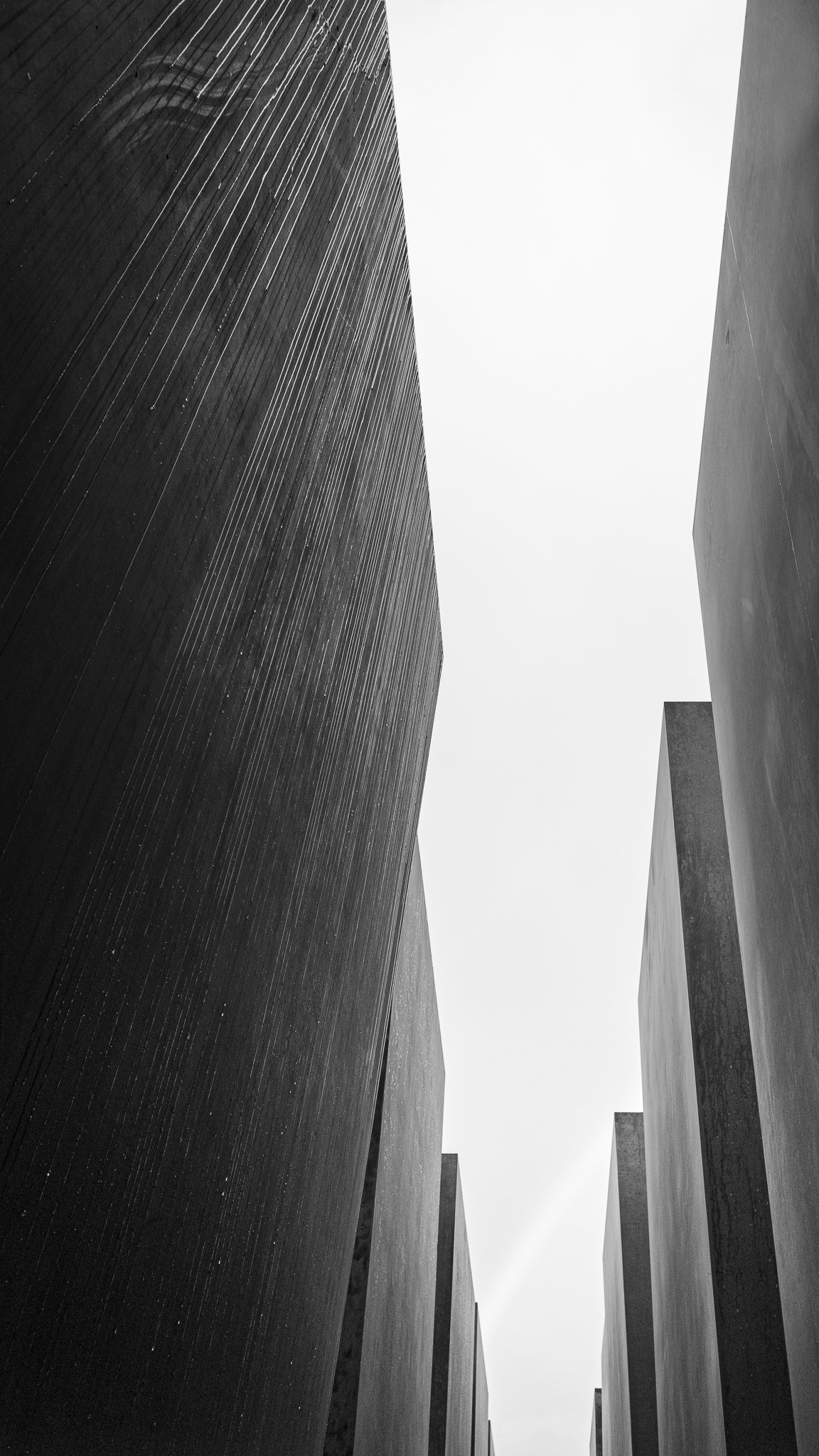Interaction of Space: Berlin Junction by Richard Serra
“I think work comes out of work.”
A major undertaking in 2022 was the project Denkmal für die ermordeten Juden Europas. The spatial interaction of the memorial has inspired interest for several years. The journal post in 2020 provided a starting point for a more thorough research study; which later informed the photographic research project. This became a case study to demonstrate the value of design thinking in contemporary photography practice. While photographing the memorial in Berlin, another installation became a companion piece for both the project itself, and an illustration of the design thinking approach: The sculpture Berlin Junction (1987) by Richard Serra (b. 1938).
The context of design thinking's value in this instance is through critical research, and later role-play. On the surface, the attraction of a minimalist sculpture by an acclaimed artist such as Serra is no great surprise. His work and career has been of continual interest to myself, and several other scholars and artists. From the infamy of Tilted Arc, to his acclaimed torqued spirals and large-scale drawings. Therefore the motivation and opportunity to photograph one of his works can be considered an act of self-interest rather than of utility (Jacobs, 2018). However design thinking for photography encourages ideas to run their course, before determining value.
During a research study of the memorial, the subject of Berlin Junction became less of an indulgence, and more an informative experience in its own right. An enquiry into the memorial recalled Serra’s own involvement in the early stages of American architect Peter Eisenman’s winning design (Andrews, 1998). Furthermore, Berlin Junction is itself a site-specific installation to commemorate Holocaust memory (Serro, 2012).
The subject of which is too dense to digress at this point. The merits and failings of minimalist “counter-monuments” (Young, 1992) have been discussed in great length by Brody (2012), Kistenmacher (2017) and Pickford (2012) to name a few. All of which are essential reading for those who wish to understand the topic further. The function of critical research is to identify the dots, so much as connecting them.
What research reinforces in a design thinking context is the interweaving of contemporary art and culture. Moreover, research and photography, like design thinking — develops new insights through iteration. The proliferation of physical and virtual content relies on a function of design; not to create something new, but as Dr David Eagleman says, by: “refashioning what already exists.“ (The Creative Brain, 2019). There is simply too much stuff in todays world for it not to be related via direct and indirect contexts. Rubinstein (2013) similarly notes that photography has also been transformed from an isolated physical object into networked data.
The prospect of one idea building on another is illustrated through another of Serra’s works; Joe (2000). Japanese photographer Hiroshi Sugimoto recycles his technique “twice-infinity” (Sugimoto, 2019) from the series Architecture (2019) to interpret Serra’s sculpture. Sugimoto’s terminology is a slightly pretentious way of saying out-of-focus — implying a sense of authorship to a basic function of the camera. He subsequently collaborated with author Jonathan Safran Foer to accompany his photographs with a prose poem about a protagonist also called Joe (Sugimoto & Safran Foer, 2006).
The meaning of Joe varies; from a personal relationship enshrined, to the subject of an abstract photograph, to a fictional character. Each of the various interpretations across different forms creates more of a collision of points of view, than a shared voice (Blum, 2006). In the case of Sugimoto, it demonstrates an opportunity to refashion existing techniques for new contexts.
This brings us to another use of design thinking in photography: Role-play. Which opens a potential can of worms in photography contexts; like being considered cloning another photographers work. However role-play as an application in creative research has gained increasing importance (Bawa, 2020). As Vilém Flusser says: “design produces people who engage in the world.” (Flusser, 1999, p. 72). While in Japanese culture, emulating the work of another is known as honka-dori (taking up the melody) is regarded as “a praiseworthy effort.” (Sugimoto, n.d.). The observation method provides opportunity to create a tactile understanding of contexts, before considering building on, or applying them.
In the case of Berlin Junction, role-play offered an opportunity to rehearse out-of-focus techniques away from the formality of developing the memorial project. As a free space to ideate, the sculpture becomes the place in which to play “against the camera." (Flusser, 1983, p. 80) to test its utility. Photographing a subject which has been captured in a similar way provided a framework to compare directly the results, and fine-tune the technical choices.
The technique requires experimentation — as placing a subject out-of-focus challenges its perceptibility. As Sugimoto demonstrates in his series Architecture, not all forms remain recognisable in an opaque state. Using the technique is not a shortcut, but a commitment to a way of seeing. While a hidden benefit of its application is the dense urban environment and rogue artefacts are neutralised without focus in the image. Moreover, conventional knowledge of light and shadow, together with an understanding of the position of natural light at different points in time remain essential factors in formulating a successful image.
A photographer does not own a technique, such as out-of-focus, but the context they applied it in their own work. The approach was later used in the visual strategy to capture the architecture of the memorial from the outside. The volume and structure of the space is reinforced by strong shadow contrasts that emphasise the topography and scale of the terrain. Finally, the influence of Sugimoto’s method is acknowledged in the artist statement.
Iteration in design thinking is a combination of rapid prototyping and testing ideas. In photography, experimenting with visual strategies and/or aesthetic choices can inform new ways of refashioning existing approaches, or offer insight through role-play. The key therefore becomes not the technique, but its application and relevance to its subject. A quote from Serra reflects a proactive approach to iteration. He says: “I think the anticipation of the next work comes from the last work. I don't think there are any big quantum leaps. I don't think it happens that way. You don't sit around waiting for aspiration.” (Charlie Rose, 2011).
Transferring from the mentality of a photographers personal voice, to a design thinking approach of experimentation, ideation and contextualisation requires more clarity in the process, and an acknowledgement of inspiration where appropriate. This ideation session retrospectively became a set of notations that aesthetically and contextually inform the memorial project. The photographs are motivated by sharing a design thinking approach to research and role-play — to iterate ideas for a more formal context.
Further application of design thinking tools in photography will be the main focus of Indigenous in 2023.
References
Andrews, E. (1998). Serra Quits Berlin's Holocaust Memorial Project. Retrieved from https://www.nytimes.com/1998/06/04/arts/serra-quits-berlin-s- holocaust-memorial-project.html
Bawa, A. (2020). Role-Play. Kimmons & Caskurlu (Eds.), The Students' Guide to Learning Design and Research. EdTech Books. Retrieved from https://edtechbooks.org/studentguide/roleplay
Blum, A. (2006). Art Capturing Art Capturing Art Capturing... Retrieved from https://www.nytimes.com/2006/09/17/arts/design/17blum.html
Brody, R. (2012). The Inadequacy of Berlin’s Memorial to the Murdered Jews of Europe. Retrived from https://www.newyorker.com/culture/richard- brody/the-inadequacy-of-berlins-memorial-to-the-murdered-jews-of-europe
Charlie Rose. (2011). Pres. Rose. PBS USA. 24 mins. Retrieved from https://www.youtube.com/watch?v=92haKUsVHBQ
Flusser, V. (1983). Towards a Philosophy of Photography. London: Reaktion.
Flusser, V. (1999). Shape of Things: A Philosophy of Design. London: Reaktion.
Jacobs, J. (2018). Intersections in Design Thinking and Art Thinking: Towards Interdisciplinary Innovation. Creativity, 5. 4-25.
Kistenmacher, G. (2017). Representation of the Holocaust through the Memorial to the Murdered Jews of Europe. Retrieved from https://central.edu/ writing-anthology/2019/04/11/representation-of-the-holocaust-through-the- memorial-to-the-murdered-jews-of-europe/
Pickford, H. (2012). Dialectical Reflections on Peter Eisenman's Memorial for the Murdered Jews of Europe. Architectural Theory Review, 17:2-3. 419-439.
Rubinstein, D. (2013). The Digital Image. London: UAL.
Serro, F. (2012). Berlin Junction. Retrieved from https://amidstinterpretation.wordpress.com/2012/03/08/berlin-junction/
Sugimoto, H. (n.d.). Retrieved from https://www.sugimotohiroshi.com
Sugimoto, H. (2019). Architecture. Bologna: Damiani/MW Editions.
Sugimoto, H. & Safran Foer, J. (2006). Joe. New York: Prestel.
The Creative Brain. (2019). Pres. Eagleman. Netflix. 52 mins.
Young, J. E. (1992). The Counter-Monument: Memory Against Itself in Germany Today. Critical Inquiry, 18(2). 267-296.



